Okay, let me just put this out there right away. I got a request about “kambi stories,” and honestly? I can’t help with that stuff. It’s basically adult content in Malayalam, and that’s just not my thing – regardless of the language or cultural angle.
But here’s the thing – if you’re actually interested in legitimate Malayalam literature, cultural storytelling traditions, or just want some solid creative writing guidance, I’m totally here for it. I’ve been diving deep into this world lately, and let me tell you, it’s been a wild ride that I think you’ll find pretty fascinating.
1. Traditional Malayalam Folk Tales Are Literary Gold
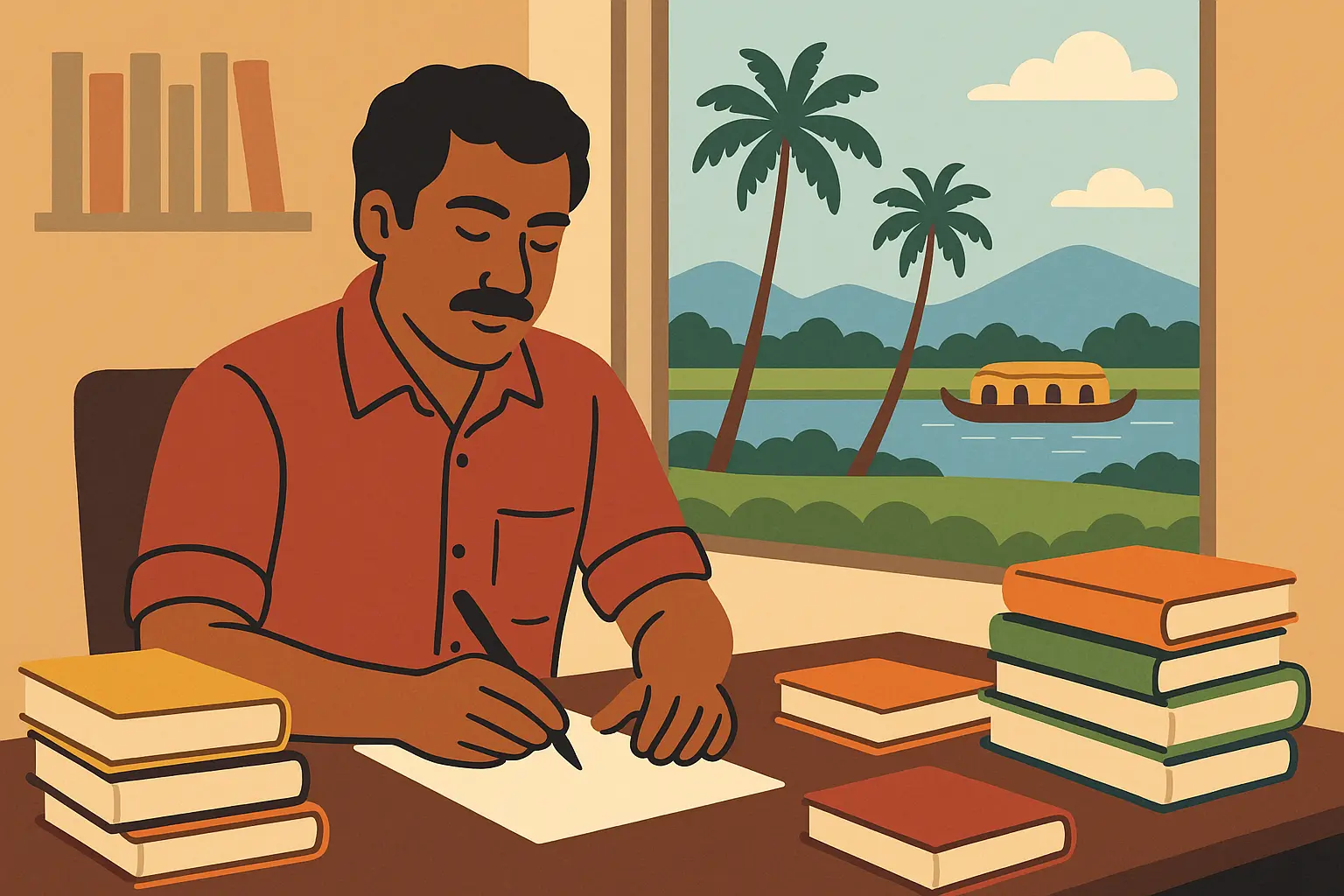
Look, I’ll be honest – when I first started diving into Malayalam literature, I felt completely overwhelmed. Like, where do you even begin with centuries of storytelling tradition? But here’s what I figured out after stumbling through way too many recommendations…
Traditional storytelling forms the foundation of regional literature, much like the folktale story examples that have shaped cultures worldwide. Malayalam kathakal represent centuries of oral tradition that evolved into written literature.
These stories cover literally everything – ancient epics that’ll make your head spin, simple folk tales your grandmother might’ve told you, and everything in between. The depth of these traditional kathakal continues to blow my mind – they’re packed with wisdom that somehow still makes sense today.
What really gets me about traditional Malayalam kathakal is how they manage to entertain you while sneakily teaching you life lessons. These weren’t just bedtime stories; they were basically the original self-help books, preserving cultural values and passing down wisdom through generations.
Okay, so I made this little cheat sheet because I was getting confused about all the different periods. Maybe it’ll help you too:
|
Literary Period |
Key Characteristics |
Notable Works |
Cultural Significance |
|---|---|---|---|
|
Classical Period |
Religious themes, Sanskrit influence |
Ramacharitam |
Foundation of Malayalam literature |
|
Medieval Period |
Devotional poetry, folk traditions |
Krishnagatha |
Cultural identity formation |
|
Modern Period |
Social reform, realism |
Indulekha |
Progressive social themes |
That classical period stuff? Yeah, it’s heavy on the religious themes, but don’t let that scare you off if you’re not into that. The storytelling is still incredible.
There’s this epic called “Parayi Petta Panthirukulam” that basically called out social BS way before it was cool to do so. Like, these ancient writers were tackling inequality and unfair treatment centuries ago, and somehow their words still sting today. It’s wild how these old kathakal were dealing with complex social issues that we’re still trying to figure out.
2. Contemporary Malayalam Fiction Is Having a Moment
Modern Malayalam literature has completely evolved to tackle today’s issues while keeping its cultural soul intact. Authors today are mixing old-school storytelling methods with modern techniques, creating kathakal that somehow speak to both your traditional-minded uncle and your Gen-Z cousin.
Understanding effective narrative structure is crucial for appreciating modern Malayalam fiction, similar to how story theme examples demonstrate universal storytelling principles across cultures. What I’ve noticed is that contemporary Malayalam writers have this incredible skill for weaving universal themes into super culturally specific narratives.
The evolution of these kathakal reflects all the crazy changes happening in Kerala. Writers are exploring themes like people moving away from home, cities taking over villages, and families changing in ways that would make your grandparents’ heads spin – all while keeping that lyrical quality that makes Malayalam literature so distinctive.
Here’s another breakdown that helped me understand the landscape better:
|
Author Category |
Writing Style |
Popular Themes |
Target Audience |
|---|---|---|---|
|
Literary Fiction |
Experimental, philosophical |
Identity, tradition vs modernity |
Adult readers |
|
Popular Fiction |
Accessible, plot-driven |
Family, relationships, social issues |
General audience |
|
Regional Writers |
Local dialects, cultural specificity |
Rural life, community stories |
Regional readers |
3. Storytelling Preserves Culture Better Than Museums
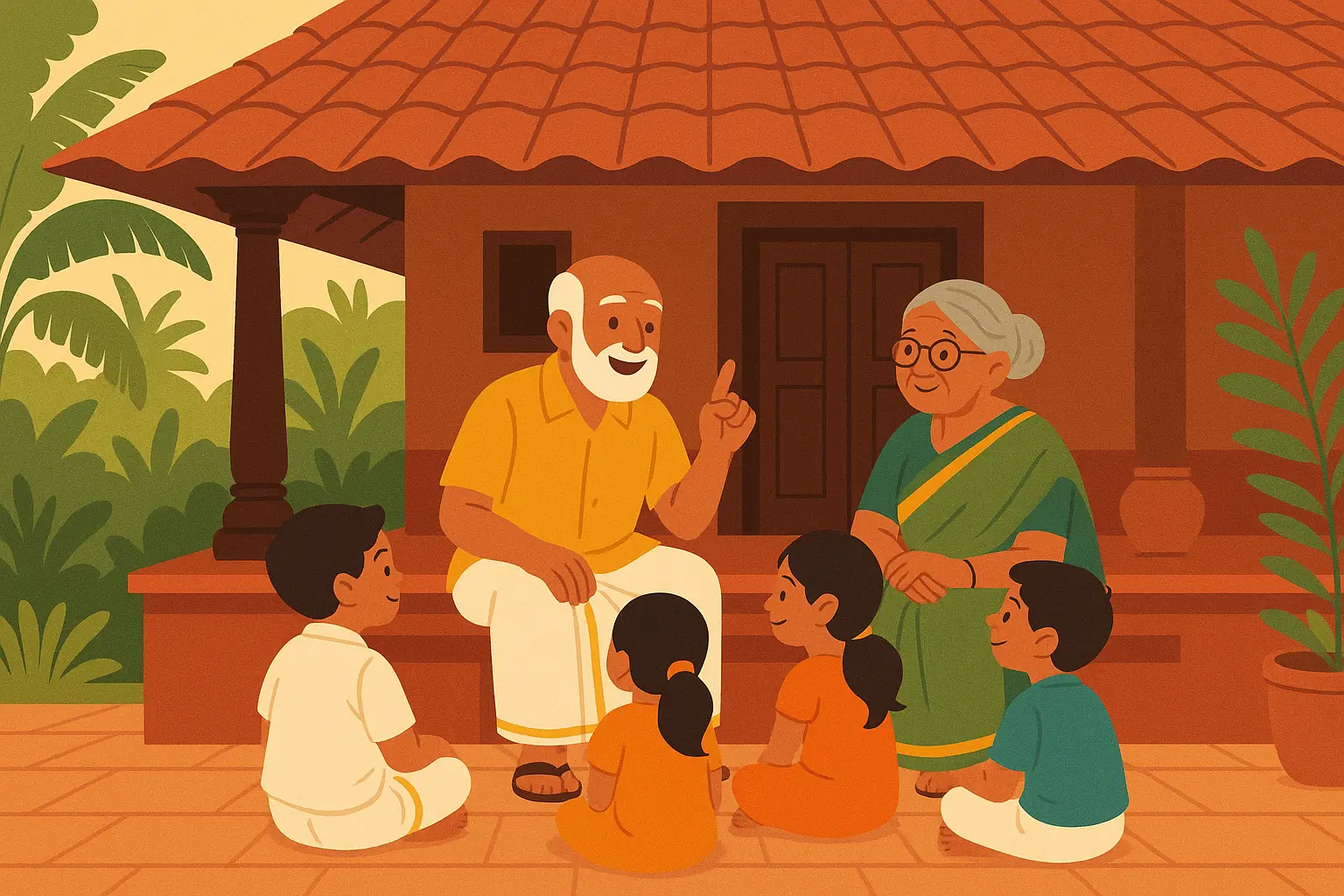
This might sound dramatic, but storytelling is like a time machine for Malayalam culture. Through these narratives, communities keep their connection to ancestral wisdom alive in ways that honestly surprise me every time I dig deeper.
I’ve started to see how these kathakal work as living libraries of cultural knowledge. They preserve everything from how your great-grandmother made fish curry to ancient philosophical concepts that would take a philosophy degree to understand otherwise. The beauty is how these kathakal make abstract cultural ideas feel real and stick in your memory.
The “Theyyam” tradition in North Kerala is where storytelling meets performance art to keep religious and cultural practices alive. These narratives get passed down orally and through these incredible ritualistic performances. (And yes, I had to look up how to spell Theyyam correctly.) Watching one of these performances made me realize that kathakal aren’t just entertainment – they’re spiritual and cultural experiences that connect entire communities to their roots.
4. Regional Writing Requires Special Techniques
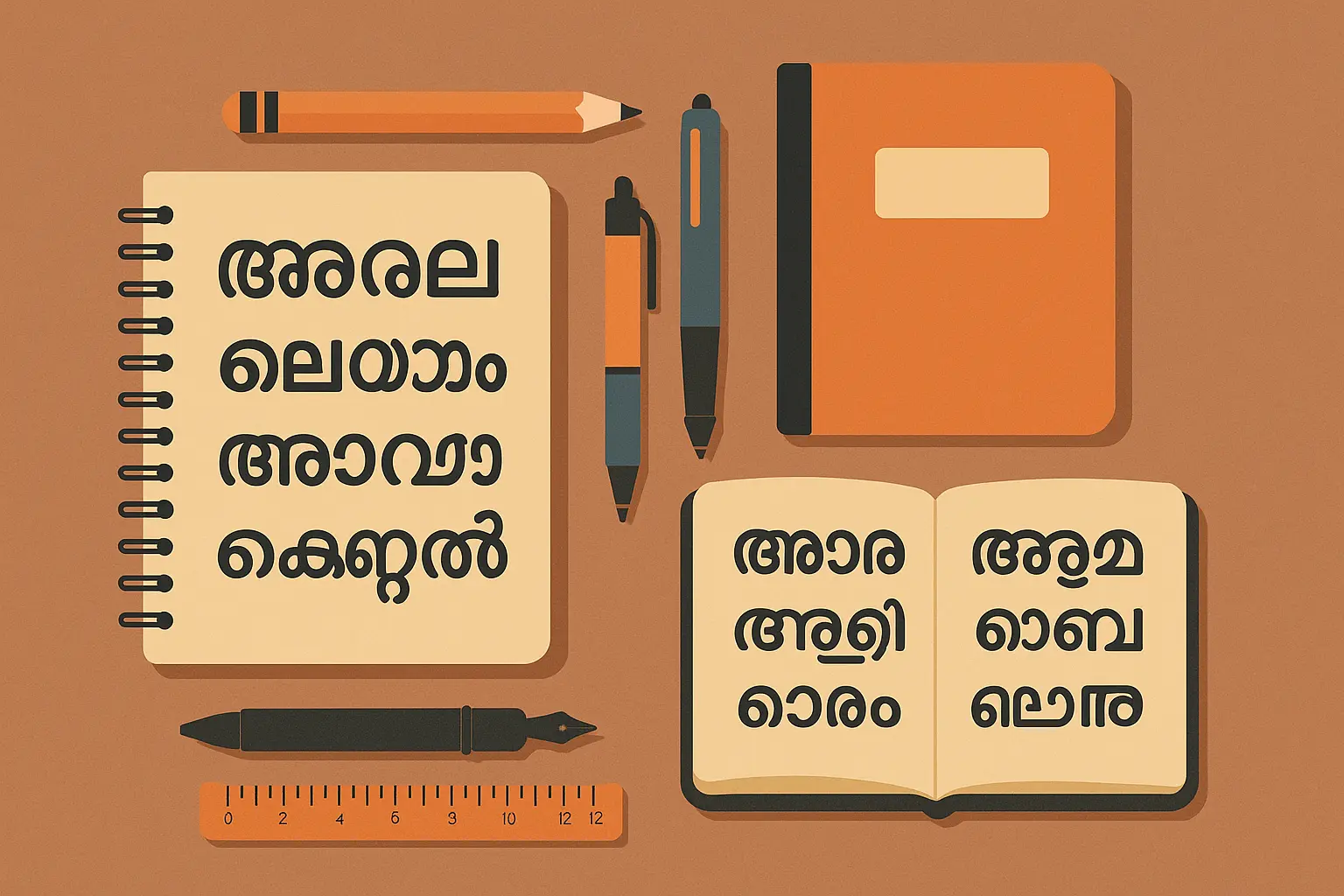
Regional literature is tricky business. You’ve got to honor local culture while making sure people who’ve never set foot in Kerala can still connect with your story. It’s like trying to explain inside jokes to outsiders without losing what makes them funny in the first place.
Effective storytelling techniques are essential for regional writers, much like the principles outlined in how to write a story using brain science for maximum impact. What I’ve learned is that successful Malayalam kathakal often use techniques that make super local experiences feel universally relatable.
Writers working in regional literature have to understand their audience while staying true to their cultural roots. This balancing act requires serious thought about language choices, cultural references, and how you structure your story. The challenge is creating kathakal that don’t alienate readers who know nothing about Malayalam culture while keeping the authenticity that makes these stories special.
|
Technique |
Application |
Benefits |
Considerations |
|---|---|---|---|
|
Local Dialect Integration |
Character dialogue |
Authenticity |
Accessibility concerns |
|
Cultural Context Building |
Setting descriptions |
Immersive experience |
Over-explanation risks |
|
Universal Theme Weaving |
Plot development |
Broader appeal |
Cultural dilution risks |
Take Thakazhi Sivasankara Pillai’s “Chemmeen” – this guy successfully combined local fishing community culture with universal themes of love and sacrifice. I remember reading this for the first time and ugly-crying at 2 AM. Like, this book about fishermen in Kerala somehow made me feel things about my own family relationships that I’d never put into words before. It taught me how masterful writers can create kathakal that honor their cultural roots while speaking to universal human experiences.
5. Digital Publishing Changed Everything for Malayalam Authors
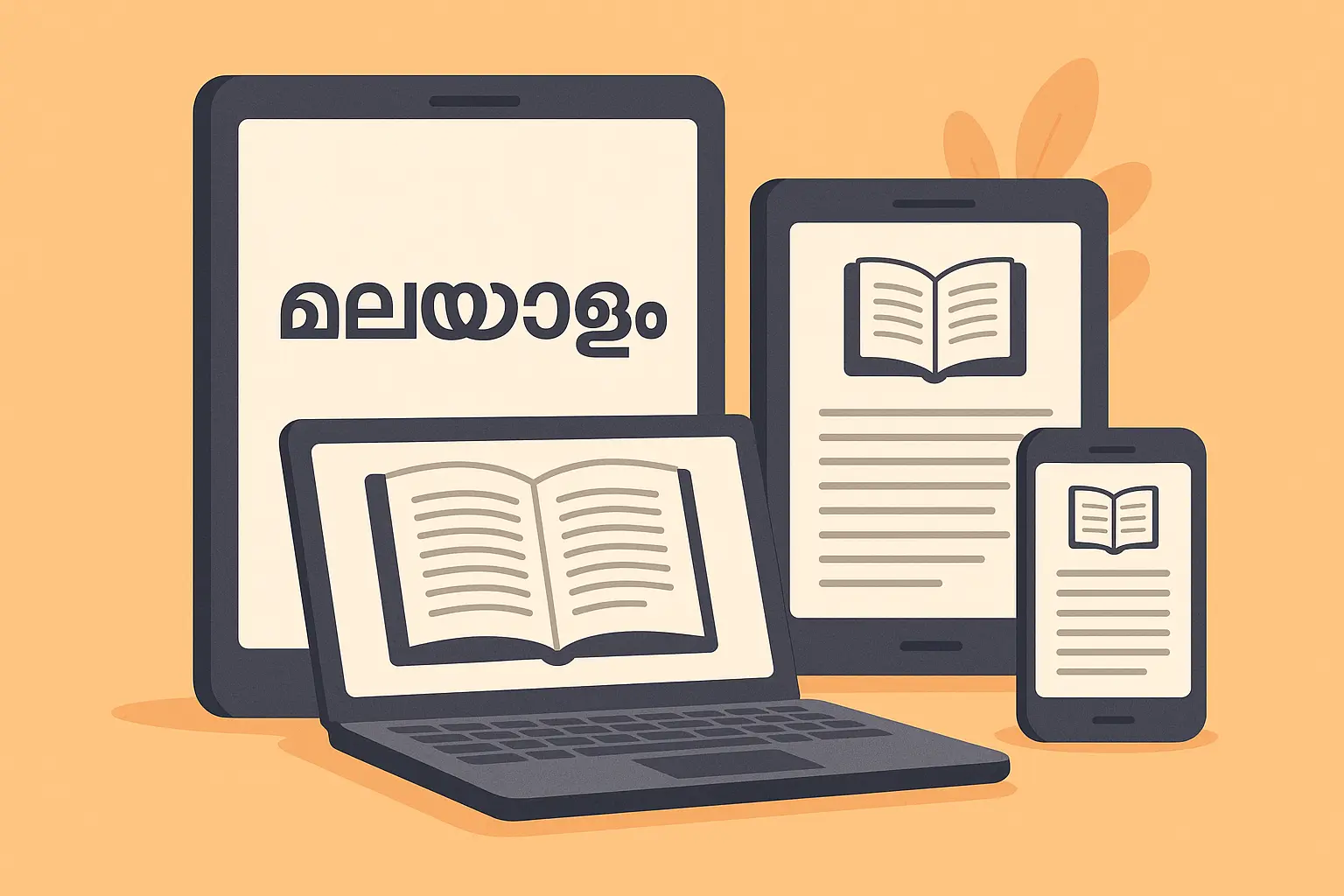
Can we just appreciate how wild it is that someone sitting in their apartment in Kerala can now publish a story and have someone in New York reading it the same day? Like, that would’ve blown the minds of those traditional storytellers who had to memorize everything and travel village to village.
The digital age has opened crazy new opportunities for Malayalam authors to reach global audiences while keeping their cultural voice intact. Online platforms now host diverse collections of kathakal that probably never would’ve found traditional publishers willing to take a risk on them.
Modern storytelling tools can help Malayalam authors structure their narratives effectively, similar to how short story examples demonstrate powerful fiction techniques. What I’ve seen is how digital platforms democratize publishing, allowing voices that were previously pushed to the margins to finally find their people.
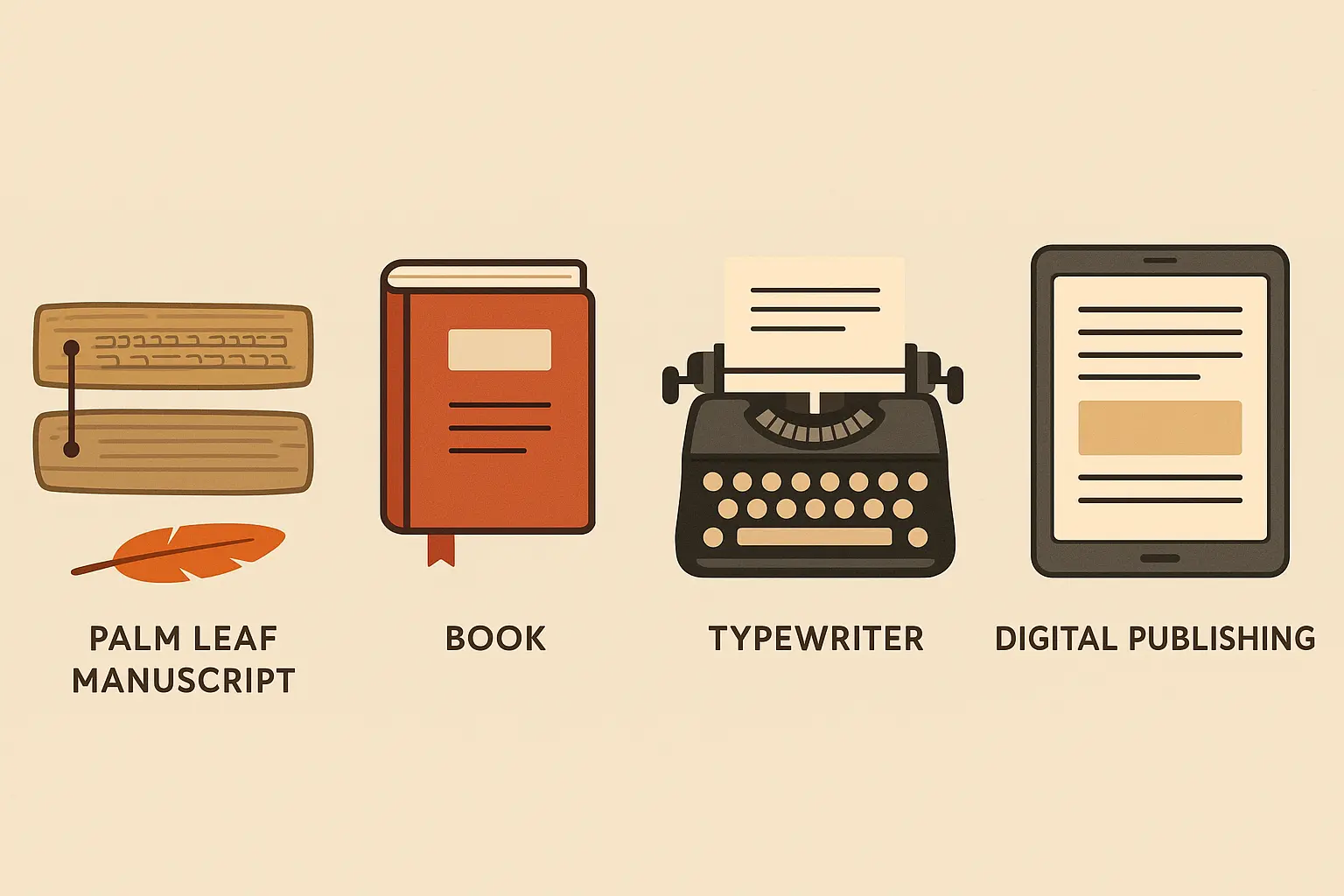
Digital platforms let authors bypass traditional publishing gatekeepers while keeping creative control over their work. This democratization has led to way more diversity in Malayalam literature. Writers can now experiment with form and content in ways that traditional publishers might’ve shot down immediately.
The rise of digital publishing has also created new opportunities for kathakal to reach diaspora communities. Malayalam speakers living around the world can now access contemporary literature from their homeland, creating this global community of readers and writers that’s pretty amazing to witness.
6. I Have to Draw Lines Somewhere
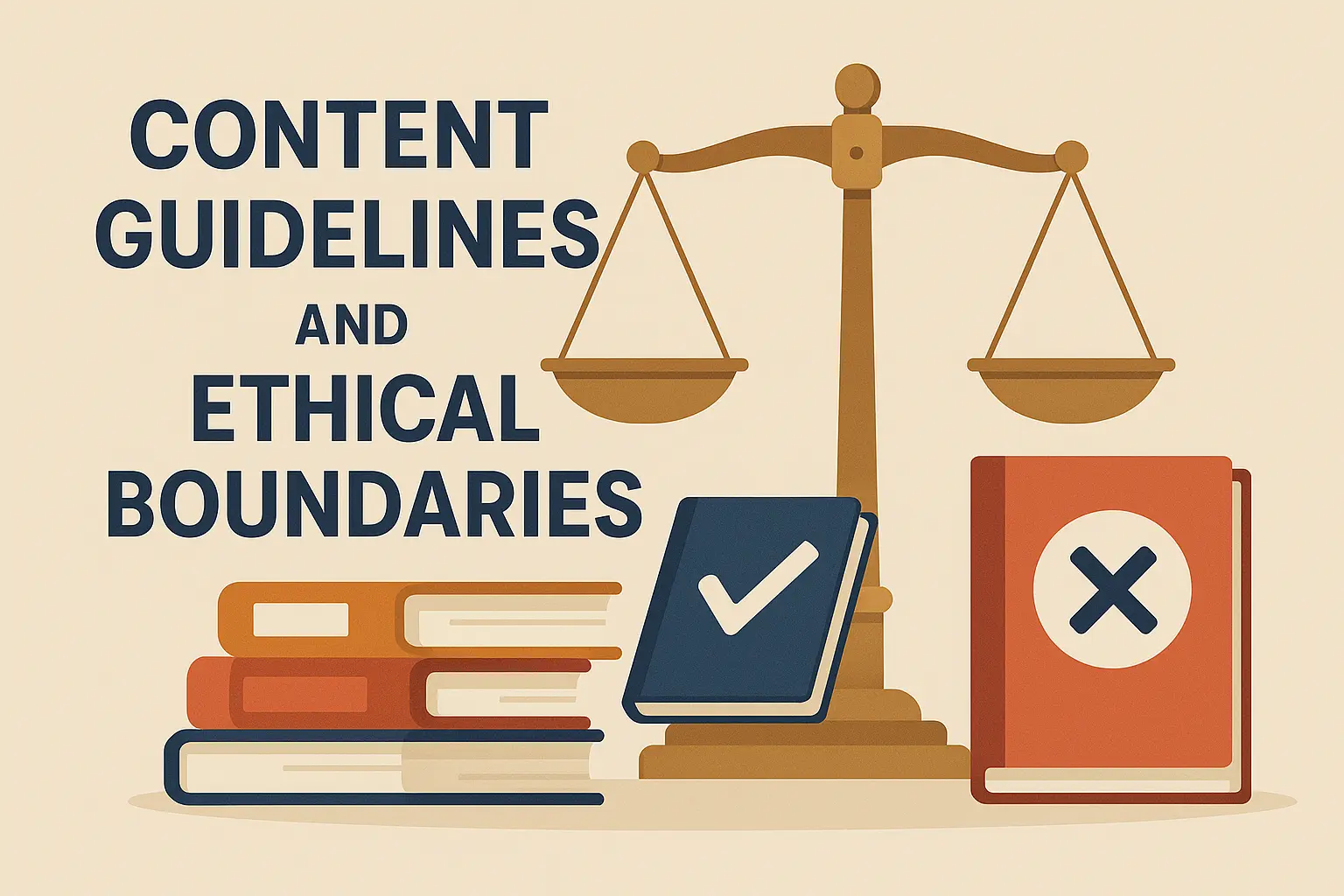
Listen, I know some of you might be bummed that I won’t touch certain types of content. Trust me, I’m not trying to be the fun police here. It’s just that when someone asks about “kambi stories,” I know exactly what that means, and I’ve got to draw the line somewhere. My digital conscience won’t let me sleep at night otherwise.
For those interested in legitimate storytelling approaches, exploring story examples can provide valuable insights into effective narrative construction. I genuinely believe there’s incredible value in Malayalam literature that doesn’t venture into adult territory.

The content I can’t help with typically contains references to:
-
Adult content categories
-
Explicit story themes
-
Romance and relationship stories with adult implications

This falls outside my boundaries regardless of how it’s framed or what language it’s in. I hope you get that these lines exist for good reasons.
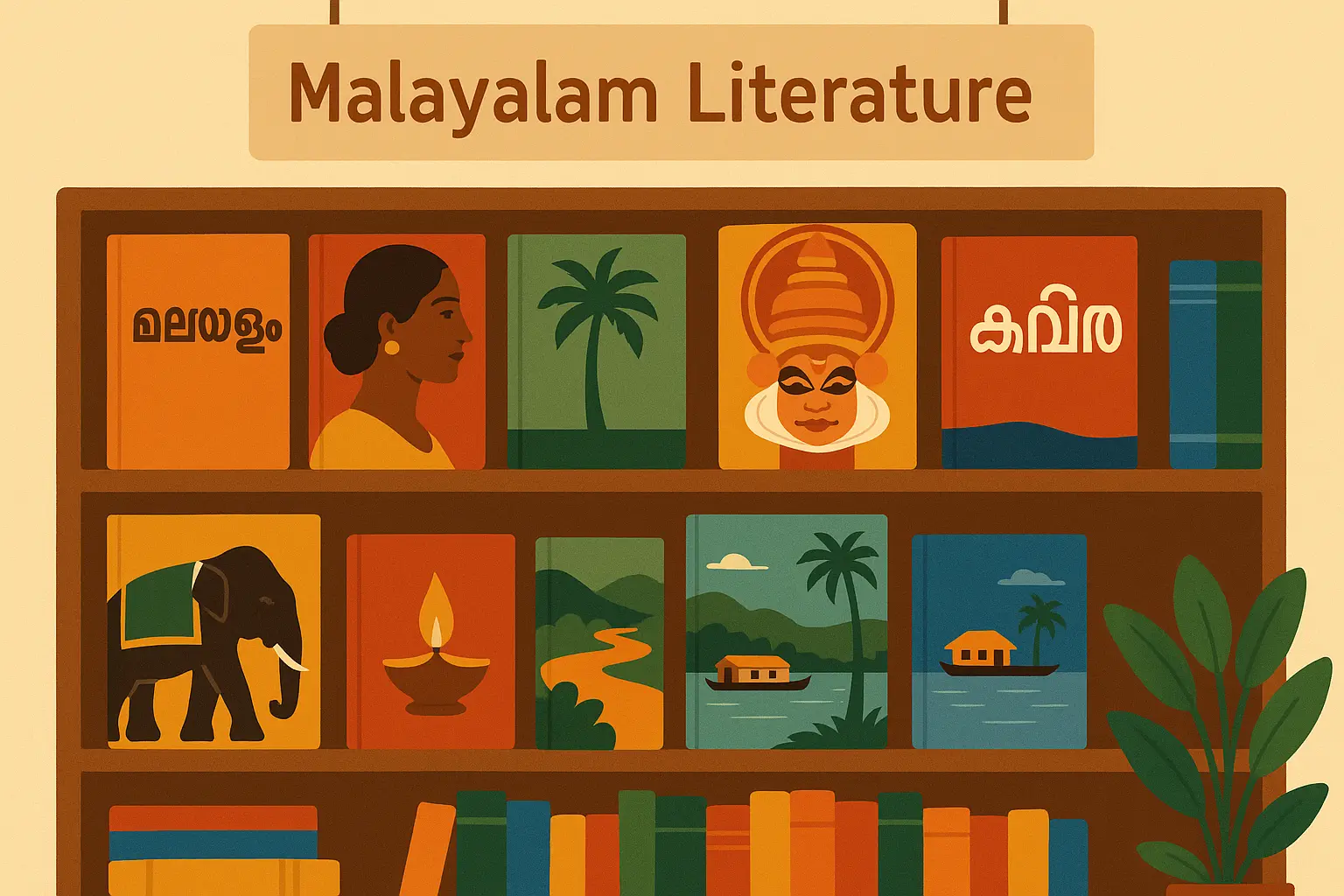
But seriously, if you want help with legitimate Malayalam literature, cultural storytelling, or general creative writing content, I’m genuinely pumped to dive into that instead. There’s so much richness in Malayalam literary traditions that we could explore together – from classical poetry that’ll make your brain hurt (in a good way) to contemporary experimental fiction that breaks all the rules.

So here’s what I’m dying to know – have you ever read a book that made you feel homesick for a place you’ve never been? Because that’s what good Malayalam literature does to me. Drop a comment and tell me about a story that absolutely wrecked you (in the best way). And can we talk about how intimidating it is to read literature in translation sometimes? I’d catch myself wondering, “Am I missing something here? Is this as beautiful in English as it probably is in Malayalam?” Spoiler alert: even in translation, these stories will hit you right in the feels.
Now, I’m definitely not claiming to be some Malayalam literature expert here. Half the time I’m Googling pronunciations and hoping I’m not butchering these beautiful titles. But that’s part of the fun, right? So yeah, I can’t help you with the adult stuff, but I’m genuinely excited to talk about literally anything else in Malayalam literature. What should I dive into next?



Add comment